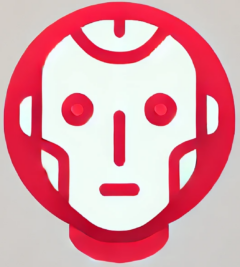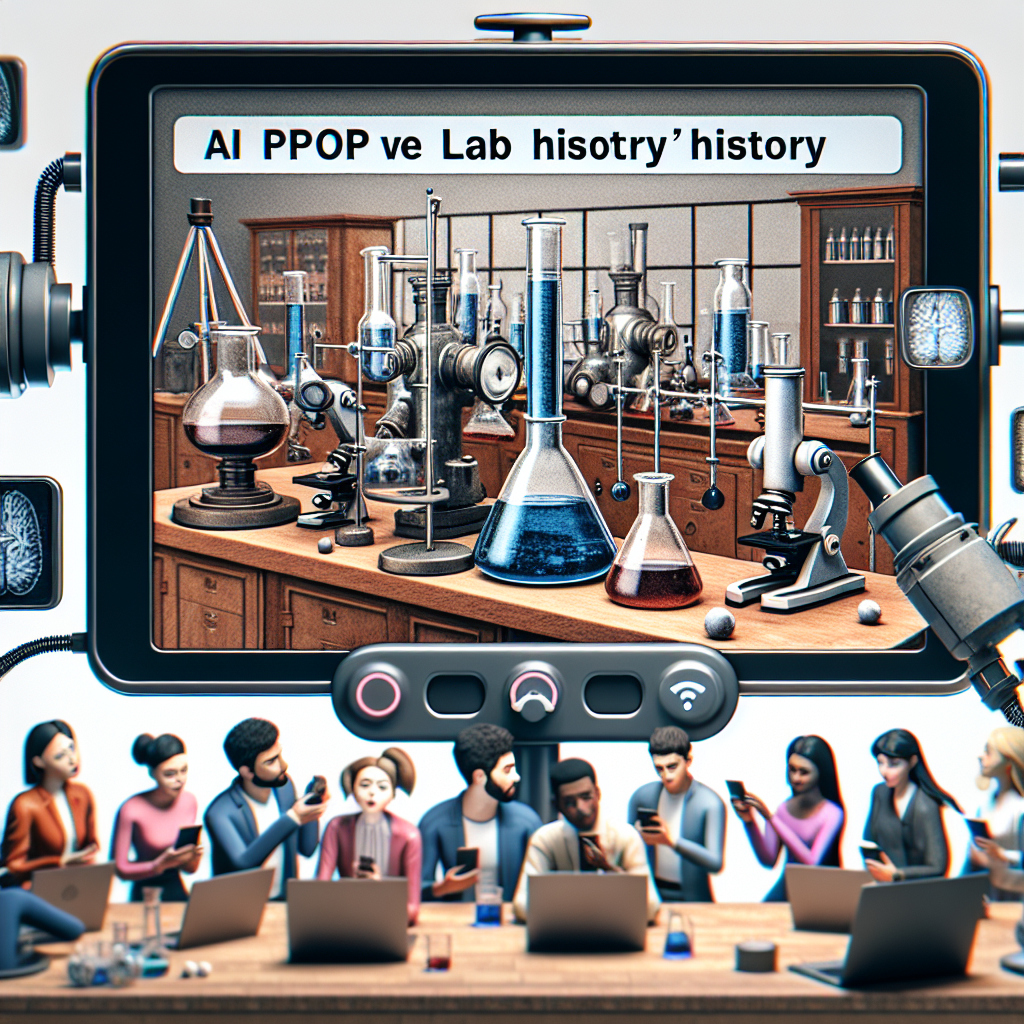“`html
The Truth Behind TikTok AI POV
Once upon a time, a young tech enthusiast uploaded a quirky, short video on TikTok, acting out a “point-of-view” (POV) scenario that captured the imagination of millions. As the digital age catapulted us into an era of viral fame and unprecedented creativity, the power of artificial intelligence (AI) made its grand entrance onto platforms like TikTok, reshaping the landscape of content creation. What was merely a fun experiment quickly evolved into a powerful tool of global influence, blurring the lines between reality, imagination, and privacy.
Unmasking AI in TikTok’s POV Content
TikTok’s AI-driven algorithms are renowned for their ability to keep users hooked, serving up content that fits personal tastes with uncanny precision. While this capability has undoubtedly contributed to TikTok’s meteoric rise, it also raises important questions about how AI shapes our viewing experiences, particularly in the context of POV videos.
Beyond mere entertainment, POV content has become a canvas for storytelling, education, and even activism. AI enhances this by suggesting trends, styling choices, and narrative arcs that conform to user preferences. However, the very nature of AI means it’s constantly learning, potentially reinforcing biases or skewing reality to align with popular demand.
The Ethical Dimensions of AI in POV Videos
While AI in TikTok has democratized content creation and consumption, it also presents significant ethical concerns. One major issue is the potential for AI to perpetuate stereotypes or propagate misinformation. When POV content draws heavily on cultural or social themes, there’s a thin line between representation and appropriation, and AI’s role in curating and amplifying such content adds another layer of complexity.
Consider also the use of deepfake technology in POV videos. These digitally manipulated clips can morph faces and voices to imitate a wide array of scenarios, often without the subject’s consent. The implications for privacy and consent are profound, as AI’s notorious efficiency makes the creation of convincing fakes easier than ever before.
The Impact on User Privacy
TikTok users willingly engage with AI-driven content, often unaware of the extensive data collection involved. From behavioral patterns to location data, TikTok’s algorithms utilize a wealth of personal information to optimize user experiences. Yet, this raises questions about the security and ethical treatment of user data.
Users must grapple with the potential for their personal information to be exploited or misused. As AI becomes more pervasive, maintaining control over personal data while engaging with platforms like TikTok is increasingly challenging.
Conclusion: Navigating the Future of TikTok and AI
As TikTok and AI continue to evolve hand-in-hand, the fusion promises to redefine digital storytelling. Yet, we must remain vigilant about how it impacts reality and perception. Policymakers, tech developers, and users alike bear responsibility for shaping an ethical digital environment. Understanding the truth behind TikTok AI POV is crucial for fostering a creative space that’s as responsible as it is revolutionary.
For more insights into the intersection of AI and digital platforms, check out the [BBC Technology section](https://www.bbc.com/news/technology).
“`

